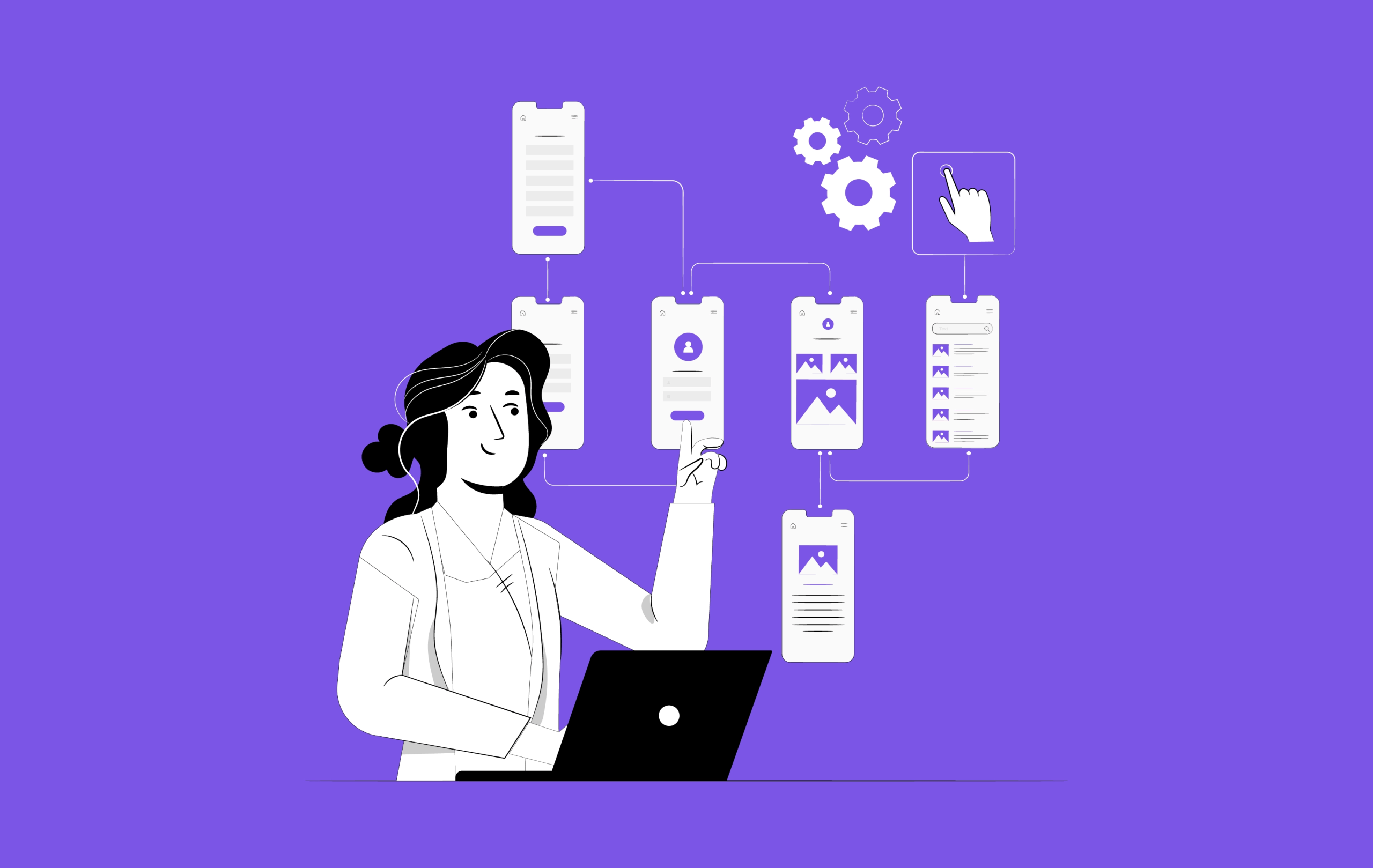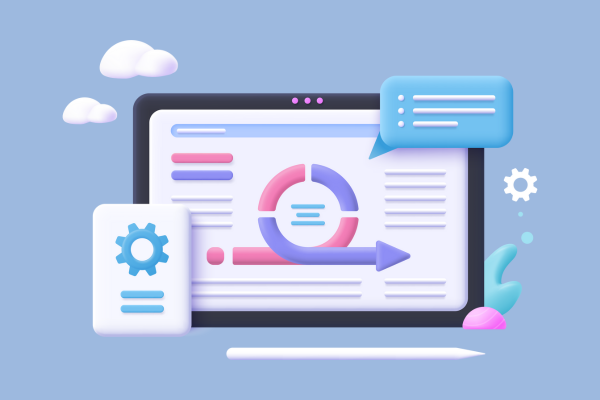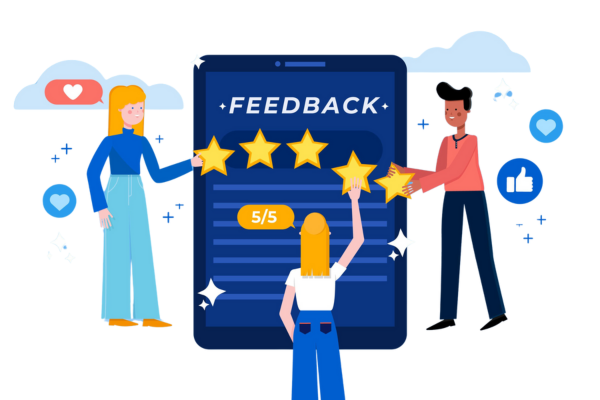
A Guide To Getting Started on MVP in Software Development
When the founder of Dropbox, Drew Houston, first had the idea for the product in 2007, he didn’t set out to code it immediately. No, he did something different. He made a video demo explaining the purpose of Dropbox, its features, and how users could effortlessly sync files across multiple devices. He was able to gauge users’ interest from the demo and built the product around their interests. The demo video got the founder into YC (a startup accelerator). It was a proof of concept that illustrated the potential of Dropbox’s idea and highlighted the pain points it would solve for users. That demonstration is an MVP in software development.
This post will discuss MVPs and why you should build one before fully pursuing your idea.
What is MVP in software development?

An MVP is the first version of your software idea containing only essential features that solve a user’s pain point. Founders sometimes get overly excited about an idea and are convinced that it is the next big thing. Ambition is good, but you must balance that ambition with calculated risks. So, the purpose of an MVP is to gather enough feedback from users to develop the product further into something they will love instead of spending resources on a product that will not resonate with potential users.
3 Key Elements of MVP In Software Development

An MVP is built on the following three elements:
1. Core Functionality
An MVP is made up of the software’s core functionality. Remember that it contains only essential features needed to validate the product. To stay true to the course, avoid complex functions and features by keeping it simple. This prevents you from deviating from the initial idea behind the MVP and helps users interact with the core solution to validate the main idea.
2. User Feedback Loop
The only way to validate an idea is to gather feedback after the MVP has been launched. Feedback informs you on what is working and what isn’t, which features are being used most, and which are absolute. You need to make feedback a central part of your MVP development. Use the insights gathered from users to improve the software further. Make sure that the product evolves based on real user feedback and not assumptions.
3. Scalability Potential
At some point, you will need to introduce new features based on user requests or a need for your software, depending on its offering. Design your MVP to expand to accommodate additional features. You should also anticipate growth and ensure that the architecture of your MVP can handle more users. When all these possibilities are considered, it sets up the foundation for sustainable development and growth.
How to Develop a Successful Software-Based MVP?
This step-by-step process shows you how to develop an MVP without exceeding the scope and using up all of your resources.
1. Conduct Market Research

Research and experiments are how we conclude, and the best way to assess your vision and idea for your MVP is through research. There are different ways to conduct research for your idea. You could either choose to conduct it in-house or hire a third party that specializes in conducting research.
When conducting the research by yourself, make sure it is comprehensive enough. Ask the right questions and research the correct demography. An area of the research you should focus on too is your competitors. Learn more about them and how they became as successful as they are. You should also research competitors who failed too. There, you will learn about the mistakes they made while pursuing their vision and avoid those mistakes. Analyze the data collected during the research, and you will find all you need to know about the market and industry you are venturing into.
2. Clarify Your Vision
Sometimes, our vision isn’t as clear as we think it is. This is the time to iron out a few details by asking yourself critical questions. Who is your target audience for the software? How will they be able to utilize it effectively? What problem will your software solve for them?
Once you can answer these questions correctly, you can move forward to developing your MVP. The point of these questions is to ensure that you stay aligned with user needs and market demands, setting the stage for a successful product launch.
3. Find A Reliable IT Vendor
This is one of the most important decisions you will have to make. Making the wrong choice may cost you your vision. To develop your MVP, you have the choice to assemble an in-house team or outsource to a reliable vendor.
If you would like to assemble your team, that is a good idea. It gives you control over the entire project. However, if you are not a product manager, we advise against that. First of all, the cost involved in hiring an in-house team is enormous. Not to mention the time it would take. Consider screening applications, vetting and conducting interviews, negotiating salaries, and paying bonuses, which will exhaust you. If your in-house team is not pulling their weight, that would have been wasted time, resources, and effort.
Alternatively, you have another choice: outsource to a vendor experienced in developing MVPs. All you have to do is reach out to the vendor and discuss your idea with them, and they will take it from there. They will see the product from start to finish, providing you with updates on the progress of the project and any other information you may need. It is cost-effective compared to hiring an in-house team.
4. Engage in Strategic Planning

For great results and to avoid confusion and misunderstandings, you must connect with your IT vendor via web conferencing and provide detailed information on your product requirements. Once your vision has been understood, the vendor will provide a feature list breakdown, design concept, timelines, and detailed product development price before going ahead and coding your software. Once you both agree to what is on the table, you must sign a contract before work begins. Keep in mind that MVP means that you don’t have to implement complicated frameworks and fancy designs at once. Leave only the features essential for creating a Minimum Viable Product concept.
5. Launch your MVP
Your chosen IT vendor will provide progress reports on significant milestones met during every step of the development process. When the development is done, they will test it rigorously to fix any bugs and ensure it aligns with your vision.
The software will be handed over to you to launch when all checks have been done, and you are satisfied with the outcome. This is the time to get it into the hands of real users to have a first-hand experience with your software.
6. Take Feedback into Consideration
If you will listen, users will always provide feedback. Feedback is essentially what will make or break your MVP. listening to and implementing feedback from your users will shape your product around their pain points. If feedback is analysed and implemented correctly, you will perhaps be on your way to success.
7. Implement Feedback

The MVP is not the finished product. There are still changes yet to be made based on how it is received by users. Notice which features are being engaged most and which receive less engagement. You could perhaps tweak a feature with low engagement and observe if you notice any changes before killing off the feature.
How Aeroforged Can Help You in Building MVPs?
Who you choose to develop your MVP can determine the success of your software. A lot comes into play when it involves software development. The expertise of team building the software, their years of experience, communication, etc.
We at Aeroforged believe that everyone has a shared responsibility. Ours is to take care of your project, and yours is to focus on your core competencies. We propose such a simple arrangement. All you need to do is list your requirements, and we will build you a world-famous product!
Contact us today, and let’s discuss turning your vision into reality.
Conclusion
As we conclude, here are a few reminders: Building an MVP should prioritize essential features that address users’ immediate pain points. Additional features can be added later. Users should remain at the center of focus throughout the MVP development process. Make feedback collection and continuous improvement integral to the MVP. Following these steps will guide you in creating a successful MVP. We wish you success on your journey.
Frequently Asked Questions
1. How long should an MVP take to build?
Building an MVP typically takes 3-6 months, depending on the complexity of features, development resources, and team expertise.
2. How much does it cost to build an MVP in software development in 2024?
MVP development costs in 2024 range from $10,000 to $50,000, depending on project complexity, required features, and the development team’s location.
3. What are the benefits of building an MVP?
An MVP allows you to validate ideas quickly, gain user feedback early, reduce development risks, and prioritize features for future releases based on real user needs.
